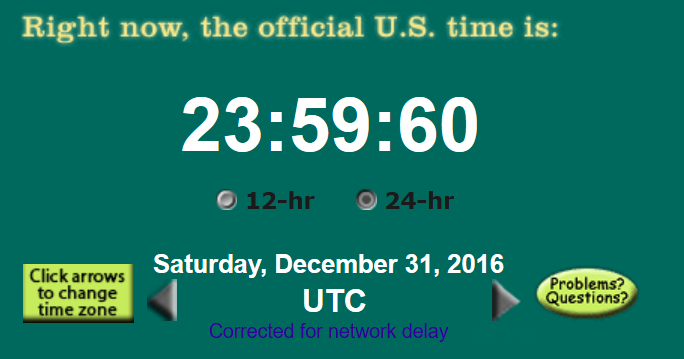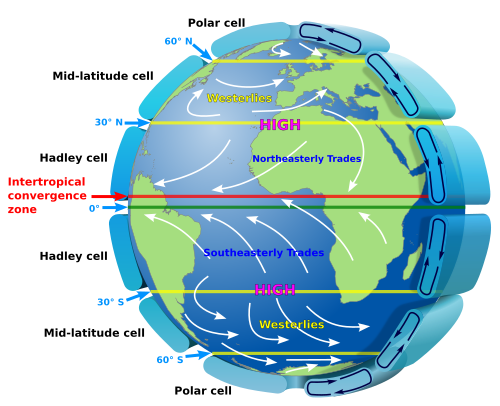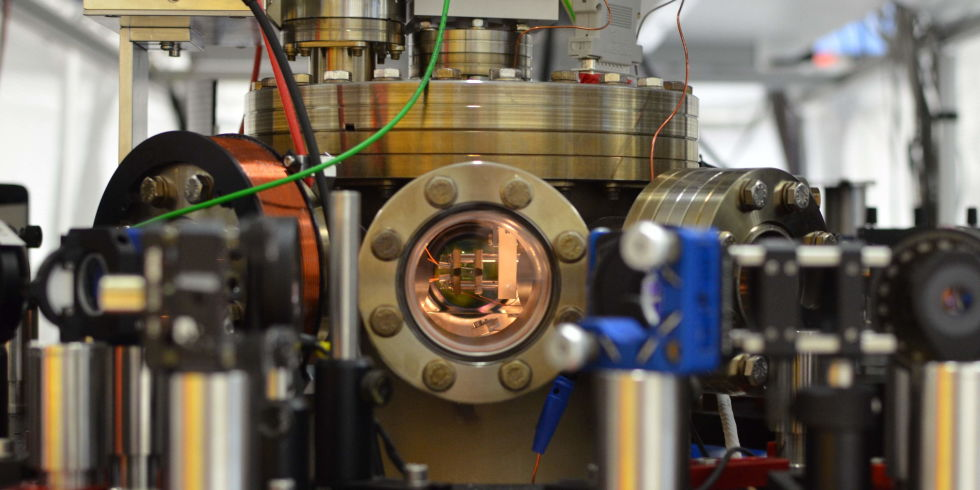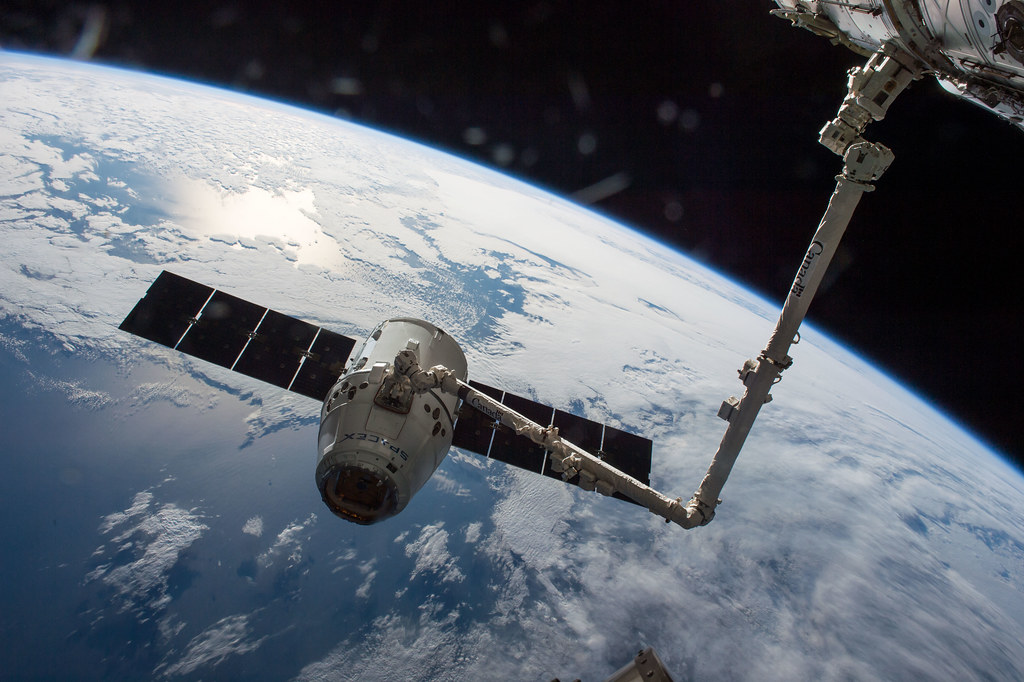
A setup by way of rhetorical question: When did a millisecond last verge on derailing the world’s most important technologies? This summer, the answer is now. Earth’s rotation has sped up, days are shortening by fractions of a millisecond, and the world’s timekeepers are preparing to take a leap into the unknown: a potential deletion of one second from Coordinated Universal Time (UTC) a negative leap second, never done before. For engineers, geophysicists, and keepers of the digital clock, the game is higher than theoretical.

1. The Shortening Day: A Technical Snapshot
On July 10, 2025, the planet Earth finished its shortest day of the year thus far, measuring at 1.36 milliseconds short of 24 hours. Projections suggest even shorter days to come, with July 22 and August 5 also cutting 1.34 and 1.25 milliseconds short, respectively. Although these differences are imperceptible to daily existence, in their collective impact, they are anything but minor for global timekeeping and technology upon which it relies. The International Earth Rotation and Reference Systems Service (IERS) and the US Naval Observatory, utilizing accurate astronomical and satellite measurements, have validated this trend towards shorter days, something never before observed since the advent of atomic clocks in 1955 Earth is rotating faster this summer.

2. Leap Seconds: A System at Its Limits
Leap seconds were introduced to UTC for the first time in 1972 in order to harmonize atomic time with the slightly non-uniform rotation of the Earth. 27 leap seconds have been inserted since then, but the pace has reduced significantly. “There’s never been a negative leap second said Duncan Agnew, professor emeritus of geophysics at Scripps Institution of Oceanography. But the chance of one occurring before 2035 is roughly 40%.” The General Conference on Weights and Measures (CGPM) has already voted to eliminate the leap second by 2035, but if Earth’s rotation continues to speed up, the historic subtraction of a second from UTC might be needed the rate of addition has gradually decreased.

3. The Engineering Danger: A Negative Leap Second
The threat of a negative leap second is not merely an interesting curiosity it’s an impending problem for worldwide infrastructure. “There remain locations that do it incorrectly or do it at the wrong time, or do it (with) the improper number, and so forth. And that’s with a positive leap second, which has been repeated multiple times. There’s far more worry about the negative leap second, because it’s never been attempted, never been tried,” said Judah Levine, physicist and NIST fellow. The risk is system-wide: telecommunications, financial markets, GPS, and power grids all depend on accurate, seamless time synchronization. A blunder may resonate with the Y2K scare, when society was terrified of digital meltdown as clocks rolled over into the year 2000 the arrival of the negative leap second is, Levine says, a bit like the Y2K issue.

4. Geophysical Drivers: Tides, Atmosphere, and the Core
The Earth’s rotation is a sophisticated dance of forces. The moon’s gravitational pull, ocean tides, and atmospheric exchanges of angular momentum all have a role. During summer, the jet stream shifts, and the atmosphere slows, transferring angular momentum to the solid Earth and slightly increasing its spin. Over the past 50 years, the liquid core has been slowing, while the solid Earth around it speeds up. These interactions are monitored using satellites, radio astronomy, and geomagnetic data, revealing both short-term correlations and long-term unpredictability. “It’s like watching the stock market, really. There are long-term patterns, and then there are peaks and declines,” Agnew said of Earth’s liquid core influence.

5. Climate Change: Ice Melt’s Surprising Role
Climate change entered the mix in an unforeseen manner. As Greenland and Antarctic ice sheets melt, their mass redistributes toward the equator, which slows Earth’s rotation like a figure skater spreading their arms. “If that ice hadn’t melted, if we hadn’t had global warming, then we would already be having a leap negative leap second, or we’d be very close to having it,” Agnew noted. Meltwater from these ice sheets accounts for one-third of sea level rise globally since 1993, and redistribution of this is not only changing rotation speed but also the planet’s axis the mass shift of this melting ice is not only resulting in changes in Earth’s rotation speed, but also in its axis of rotation.

6. Core–Mantle Interactions: The Deep Engine
Deep below, Earth’s liquid metallic outer core and its interaction with the solid mantle are what matters. Magnetohydrodynamic (MHD) dynamo action under the forces of buoyancy, driven and modulated by Coriolis and Lorentz forces, is responsible for decadal changes in rotation. Exchange of angular momentum between core and mantle, driven by pressure gradients, electromagnetic, and gravity torques at the core–mantle boundary, may produce changes in length of day by as much as 5 milliseconds on decadal timescales. New numerical models indicate that topographic torques resulting from asperities at the core–mantle boundary can account for both ~6- and ~60-year variations in day length core–mantle interactions.

7. Atomic Clocks and the Pursuit of Precision
The basis of contemporary timekeeping is atomic clocks, which measure the oscillation of atoms now to incredible accuracy. The most recently developed optical atomic clocks, like the NIST’s aluminum ion clock, can quantify time to 19 decimal places of precision, with an error margin that permits a discrepancy of only one second in 30 billion years the world’s most accurate clock. These breakthroughs are not solely pedagogic: they facilitate new scientific measurements of geodesy, navigation, and even experiments of fundamental physics. Japan’s National Institute of Information and Communications Technology (NICT) has already deployed an optical lattice clock to supply national standard time, narrowing the difference between Japan Standard Time and UTC down to five billionths of a second The World’s First Adoption of an Optical Lattice Clock.

8. Synchronizing a Distributed World
Time synchronization protocols Network Time Protocol (NTP), Precision Time Protocol (PTP), and so forth constitute the unseen framework of digital infrastructure. Leap second realignments, though uncommon, have in the past triggered outages and data corruption in unprepared systems. A negative leap second, never before executed, might reveal previously unknown vulnerabilities. “A negative leap second has never been inserted or exercised, so the issues it would introduce are unprecedented,” wrote Patrizia Tavella of the International Bureau of Weights and Measures. Timekeeping procedures need to be strong, future-capable now more than ever few permit a second to be deleted.

9. The Uncertain Future: Prediction and Preparation
Although atomic clocks and satellite observations are accurate, predicting the behavior of Earth’s rotation is still full of uncertainty. The IERS only predicts ahead of time to a maximum of a year because the interactions among atmospheric, oceanic, and deep Earth phenomena resist modeling over the long term. Climate change, similarly, introduces an added degree of uncertainty: if emissions persist, the impact of ice melting on day length may exceed even the moon’s influence on tides by the end of the century the impact of climate change may exceed the impact of the moon.

As scientists and engineers grapple with the possibility of remaking the laws of time itself, the world observes in increments of milliseconds.

